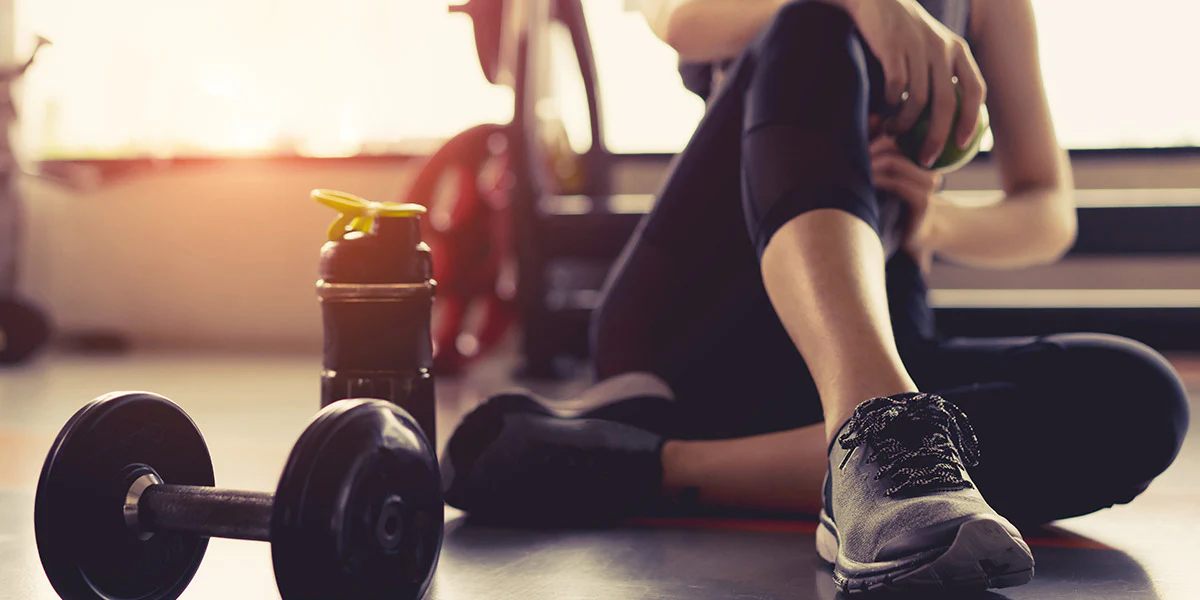In an era where sedentary lifestyles have become increasingly common due to work habits, technology, and convenience-driven routines, the importance of regular physical exercise cannot be overstated. Exercise is one of the most effective ways to maintain overall health, prevent chronic disease, improve mental well-being, and enhance the quality of life.
This blog post explores the key benefits of exercise and outlines different types of workouts recommended for a well-rounded fitness routine. Whether you’re just getting started or looking to improve your current regimen, this guide will help you understand why movement matters and how to make it a part of your daily life.
Why Is Exercise So Important?
Exercise refers to any movement that increases your heart rate and engages your muscles. It ranges from light physical activity such as walking to more intense efforts like weightlifting or running. Regardless of the form, regular exercise has both immediate and long-term benefits on physical, mental, and emotional health.
Here are some of the most compelling reasons to prioritize exercise:
Physical Health Benefits of Regular Exercise
1. Improves Cardiovascular Health
Engaging in aerobic exercise strengthens the heart muscle, improves circulation, and helps manage blood pressure and cholesterol levels. A healthy cardiovascular system reduces the risk of heart disease, stroke, and hypertension.
2. Aids in Weight Management
Exercise helps burn calories, build muscle, and regulate metabolism. Combined with a balanced diet, physical activity is essential for maintaining a healthy weight or achieving weight loss goals.
3. Strengthens Muscles and Bones
Resistance training and weight-bearing exercises increase bone density and muscle strength. This is especially important as you age, helping prevent osteoporosis and reduce the risk of falls and injuries.
4. Boosts Immune Function
Moderate-intensity exercise is known to enhance the immune system by promoting good circulation, which allows immune cells to travel through the body more efficiently and detect illness sooner.
5. Improves Flexibility and Mobility
Stretching and functional movement exercises promote flexibility, joint mobility, and overall body coordination. This can reduce pain, prevent stiffness, and enhance performance in daily activities.
Mental and Emotional Benefits of Exercise
1. Reduces Stress and Anxiety
Physical activity increases the production of endorphins, the brain’s natural mood lifters. It also helps lower cortisol levels, which are associated with stress. Even a short walk or light workout can help clear the mind and reduce feelings of anxiety.
2. Enhances Mood and Mental Health
Exercise has been shown to decrease symptoms of depression and improve overall emotional well-being. It provides a natural way to regulate emotions, improve self-esteem, and feel more energetic.
3. Improves Cognitive Function
Exercise boosts blood flow to the brain, which is linked to improved memory, concentration, and learning capacity. Regular movement also supports brain plasticity and helps protect against age-related cognitive decline.
4. Better Sleep
Those who engage in regular physical activity tend to fall asleep faster, enjoy deeper sleep, and experience fewer disruptions throughout the night. Exercise also helps regulate circadian rhythms.
Social and Lifestyle Benefits
- Encourages Discipline and Routine: Scheduling workouts promotes structure and time management.
- Fosters Social Connections: Group fitness classes, team sports, or exercise with friends can strengthen social bonds and provide accountability.
- Promotes a Healthier Lifestyle: People who exercise regularly are more likely to adopt other health-supporting habits like eating nutritious foods, staying hydrated, and limiting harmful behaviors.
Recommended Types of Exercise for a Balanced Routine
A well-rounded fitness plan includes a mix of various exercise types, each offering unique benefits. Here’s a breakdown of the primary categories:
1. Aerobic (Cardiovascular) Exercise
Examples: Walking, running, swimming, cycling, dancing, hiking
Benefits: Improves heart and lung function, burns calories, boosts endurance
Frequency Recommendation: At least 150 minutes of moderate-intensity or 75 minutes of vigorous-intensity aerobic activity per week
2. Strength (Resistance) Training
Examples: Weight lifting, resistance bands, bodyweight exercises (push-ups, squats)
Benefits: Builds muscle, increases metabolism, supports joint health, improves bone density
Frequency Recommendation: At least two days per week targeting major muscle groups
3. Flexibility and Mobility Exercises
Examples: Yoga, static stretching, dynamic stretching
Benefits: Enhances range of motion, reduces muscle tension, prevents injury
Frequency Recommendation: Include after workouts or on rest days; aim for several days per week
4. Balance and Coordination Training
Examples: Tai chi, balance drills, single-leg exercises, agility training
Benefits: Improves stability, reduces fall risk, especially important for older adults
Frequency Recommendation: 2–3 times per week, integrated with other workouts
Tips for Starting and Maintaining a Fitness Routine
- Start Small and Build Gradually
Begin with manageable goals and slowly increase duration and intensity to prevent burnout or injury. - Choose Activities You Enjoy
Exercise is easier to stick with when it’s fun. Try different workouts until you find what motivates you. - Schedule It Like an Appointment
Set aside dedicated time in your calendar, just like a meeting or personal commitment. - Track Your Progress
Use a fitness journal, app, or wearable tracker to log workouts and monitor improvements. - Listen to Your Body
Rest and recovery are vital. Pay attention to signs of fatigue or strain, and take rest days when needed.
Final Thoughts
Exercise is not a luxury—it’s a fundamental pillar of a healthy, balanced life. Whether your goal is to boost energy, reduce stress, manage weight, or improve overall health, physical activity provides powerful benefits that go far beyond appearance. Making exercise a regular part of your routine is an investment in your long-term well-being, both physically and mentally.
No matter your age, background, or fitness level, it’s never too late to start moving more and living better. Consistency, variety, and enjoyment are key to making exercise a lifelong habit.
Would you like a printable weekly workout planner or beginner-friendly routine to get started?
